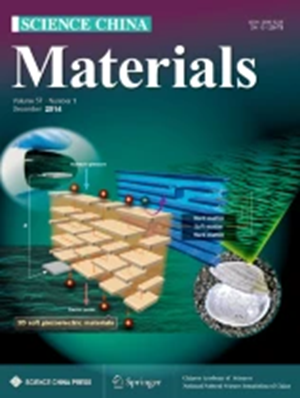Hydrogen-bond-mediated supramolecular polyhedra
Abstract
Many viral capsids with spherical structures represent the most exemplary polyhedral architectures in nature, with icosahedral symmetry being particularly prototypical. These polyhedral capsids are formed through the spontaneous self-assembly of multiple identical protein subunits via non-covalent interactions following precisely symmetry-matching rules. Inspired by this biological self-assembly mechanism, the construction of biomimetic polyhedra has emerged as a prominent research focus in supramolecular chemistry. Notwithstanding the significant challenges in structural stability and geometric precision control faced by hydrogen bond-directed polyhedral assembly systems, these supramolecular constructs exhibit extraordinary promise in synthetic chemistry and materials science, owing to their distinctive dynamic responsiveness, reversible assembly behavior, and versatile structural designability. This review methodically categorizes the structural types of hydrogen-bonded supramolecular polyhedra and their building block characteristics, explores key scientific challenges in the field, and further outlines future research trends. The work hopes to establish a theoretical framework and methodological guidance for the controlled assembly and functionalization of bioinspired hydrogen-bonded polyhedral structures, thereby advancing supramolecular materials toward precision and intelligent development.

 求助内容:
求助内容: 应助结果提醒方式:
应助结果提醒方式:


